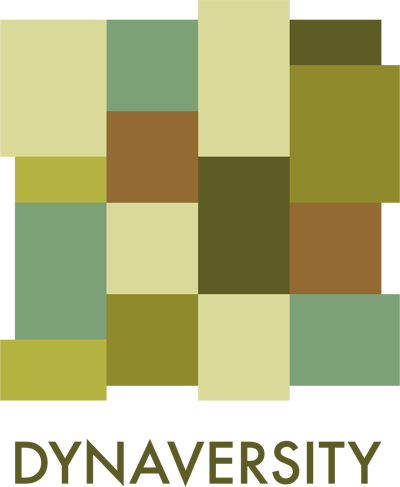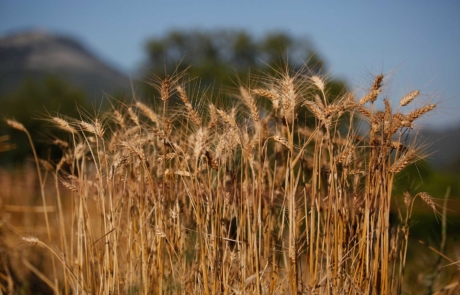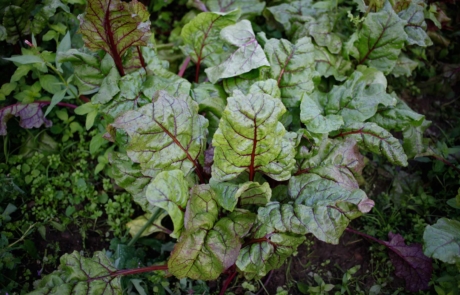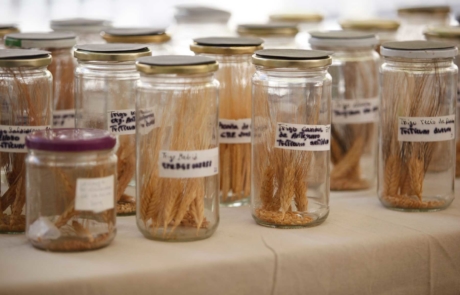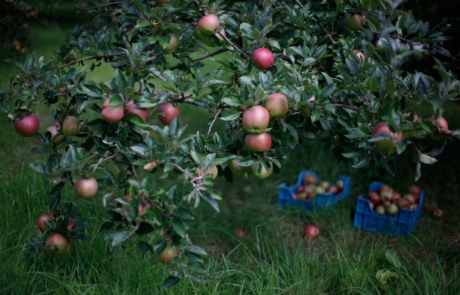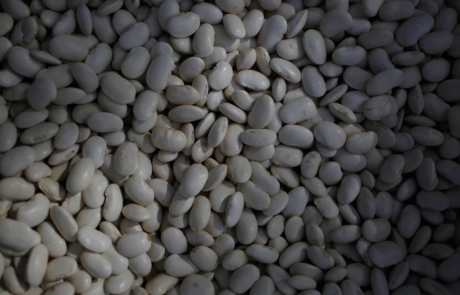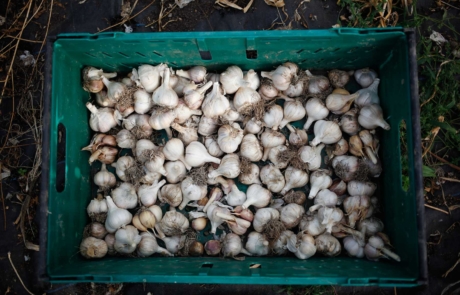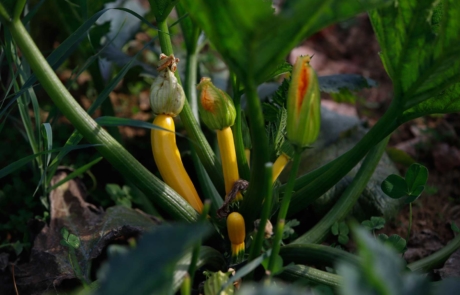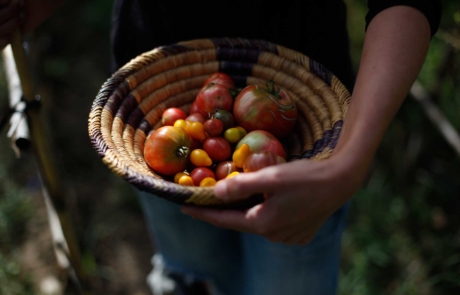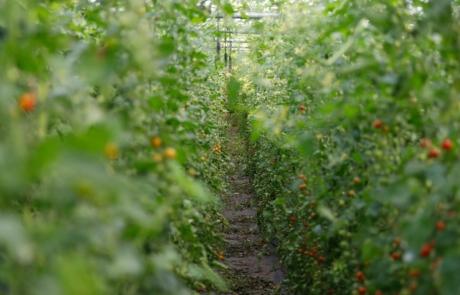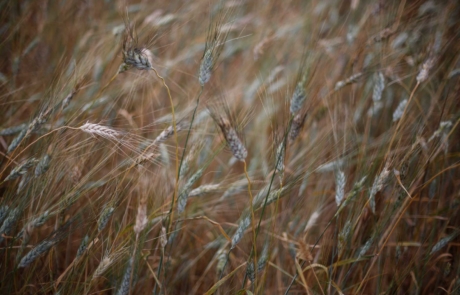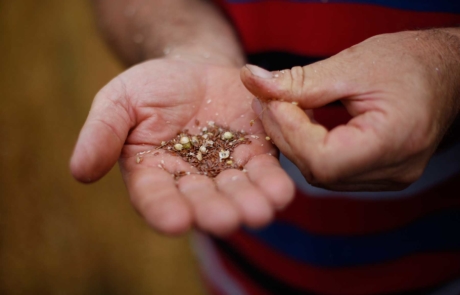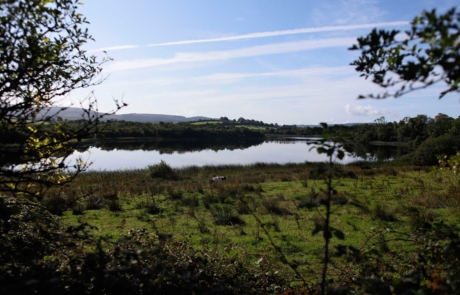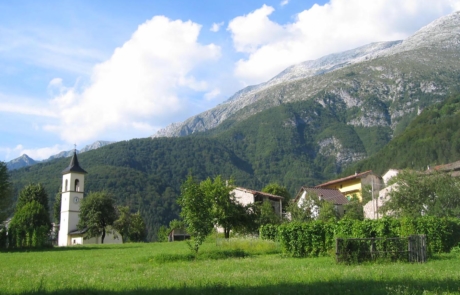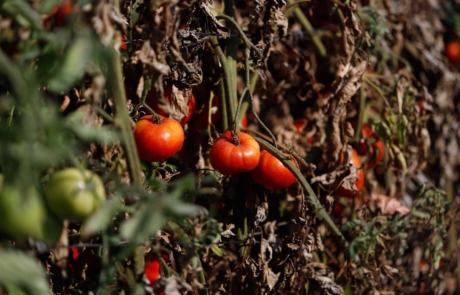Results
During its lifetime, the European project Dynaversity created a strong community group of people working with plant genetic resources for food and agriculture. Our network facilitated exchange and integration of scientific as well as practical knowledge on how to best manage diversity in agriculture and in the entire food chain, restoring evolutionary and adaptation processes. Here are the main steps and achievements of our great journey through agrobiodiversity across Europe.
Setting the scene
Agrobiodiversity concepts
First of all, what is agrobiodiversity? And how to define the basic concepts around ex-situ, in situ and on farm conservation? To answer these questions, we identified 5 main building blocks of agrobiodiversity. This research process led to the definition of common terms to create new network opportunities and capacity building activities across Europe.
Agrobiodiversity and diets
How can agrobiodiversity foster healthier diets from feed to plate? Find out possible answers from La graine de mon assiette (“The seed of my plate”), a book by the Dynaversity partner Véronique Chable. And from this desk study analysing the links between agrobiodiversity and health, presenting the main solutions proposed to solve the major issues related to agrobiodiversity loss.
- Agro video scribing
Agrobiodiversity, local variety, seed systems, seed marketing rules, seed networks, participatory plant breeding, farmers’ rights, food systems, protected areas and crop wild relatives: these are key concepts to understand the importance of low-input agriculture in the whole food chain, from seed to fork. We created a series of video scribing presenting these concepts in 2 minutes.
Looking for best practices
Agrobiodiversity case studies
How can we build bridges among different crop diversity initiatives to connect people and tackle obstacles? Which are the various players and networks involved in in situ and on-farm conservation? We selected and analyzed 21 case studies to highlight how crop diversity networks are built and developed – identifying at the same time their needs in order to secure their development and sustainability. We also developed a study identifying “best practices” of on farm and in situ management of plant biodiversity in Community Supported Agriculture (CSAs) and CSAs networks.
Strengthening the networks
Stakeholder Map
Actors involved in biodiversity management are part of many networks, in different countries and working in different languages. In order to promote the circulation of information and enhance interactions and synergies, we implemented an event-based analysis of the first European agrobiodiversity movement, the European Coordination Let’s Liberate Diversity.
Promoting new policies
- Recommendations for policy makers
Our results demonstrate that managing agrobiodiversity is a multi-dimensional and dynamic effort. It combines deeply rooted local agronomic knowledge with complex social innovations that include but are not limited to breeding, using diversity to create new diversity. These efforts also have the ambition to provide various alternatives to non-sustainable mainstream agricultural production systems, which remain one of the main drivers of agrobiodiversity loss. We worked to develop practical recommendations for policy makers, in order to promote policies towards the conservation, creation and sustainable use of agrobiodiversity.
Training materials
Training in participatory breeding and seed system concepts, issues and approaches supports engaged professionals and graduate students to contribute to resilient seed system development. This course serves professionals who seek longer-term solutions for sustainable, agro-ecological agriculture and answers to the question: How can food systems be moved forward in the South and the North?
Key aspects of this course include:
– Concepts, strategies, methods and experiences with decentralised and participatory approaches to plant breeding and seed system development to increase agrobiodiversity and cope with climate changes
– Governance issues such as seed quality control, property rights, co-ownership and benefit sharing
– Specific approaches for different crop types and socio-economic contexts
– Multi-actor approaches, collaborative learning, knowledge sharing and networking approaches to engage food system and value chain actors into participatory plant breeding and resilient seed system programs
– The interaction of technical solutions and social choices: considering trade-offs and issues of inclusion/social equity and other values
Course materials can be downloaded as pdf from the open access archive Organic Eprints, at the following link: https://orgprints.org/id/eprint/38731/
Spreading the word
- Photographic exhibition
In order to portray the community of people experimenting new ways to promote agrobiodiversity, we created a photography exhibit. “DYNAVERSITY – Plant, People and the Future of Food”, with pictures by the Italian photographer Italo Rondinella, travelled in more than 10 locations across Europe. Knowledge, Innovation, Heritage, Networks: 40 photographs follow these 4 thematic pathways, featuring the stories of different farm sites and promoting the value of diversity in agriculture, from the seed to the plate. A travelling pocket edition, with 10 photographs of reduced format, was also produced.
- Toolbox
We designed a number of different visual products to promote the goals and outcomes of our project. Until the end of 2019, we used them in educational, face to face and broader public events. When the Covid-19 pandemic hit, we transformed these products to be used during digital events from early 2020 to the end of the project. But the goal remains the same: promoting the culture of agrobiodiversity across Europe, from field to plate.
- Twitter
With the @AgroBioDiv account, we promoted the results of Dynaversity, Cerere and Diversifood H2020 European projects.
